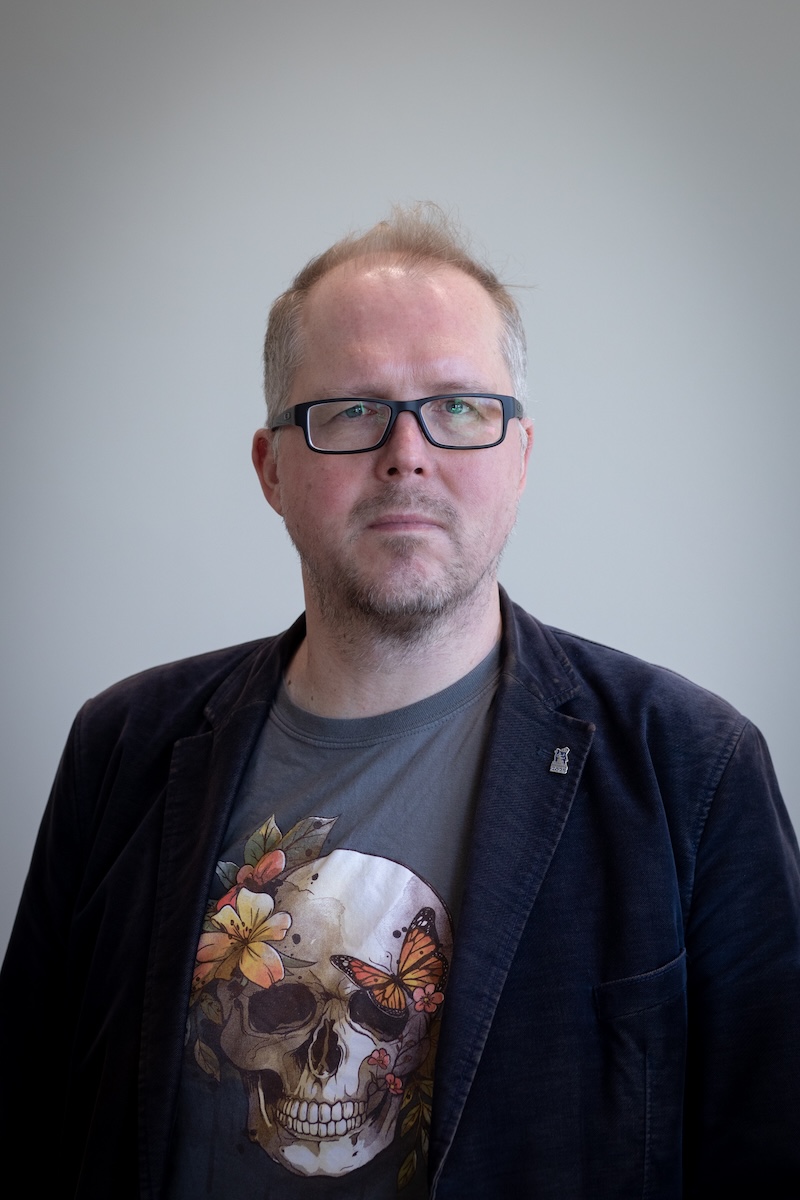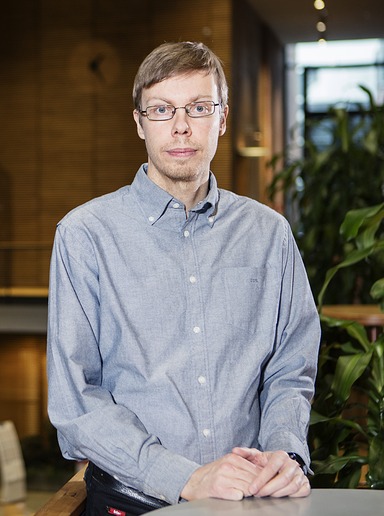Researchers develop new methods for studying materials at the smallest possible scale

Scientists around the world are interested in developing new materials to help people live more sustainable and healthy lives, but the quest to produce these materials requires detailed knowledge of the mysterious structures of the molecules they are made from. Designers want to replace wasteful plastic with sustainable plant derived compounds, but this can be a challenge without knowledge of plant compoundÔÇÖs molecular structure. A new technique developed at Aalto University should allow researchers to get this essential information.
To achieve this, the researchers combined a common materials analysis technique with artificial intelligence. Atomic Force Microscopy (AFM) uses an incredibly fine needle to measure the size and shape of nanometer sized objects, and can already be used to measure the structure of flat, pancake-like planar molecules. By training an artificial intelligence algorithm on lots of AFM data, scientists can now identify more complex molecules with exciting real-world applications.
The team are now able to take images of a single, 3-dimensional molecules, with enough detail that it is possible to understand the different chemical properties of different parts of the molecule. The work was carried out by researchers at Aalto University, led by Academy Professor Peter Liljeroth, and Professors Adam S. Foster and Juho Kannala; and was recently published in the .
ÔÇśThe method researchers currently use guesses the structure, simulates AFM images and see if the guess was correct. When there are many possibilities, this is slow and difficult, and in the end one cannot be certain that all possible structures were thought of,ÔÇÖ explains Peter Liljeroth.
The researchers used a well understood biomolecule called 1S-camphor, that has a well-known atomic structure and, as a bioproduct of the wood industry, is similar to many of the molecules that other Aalto researchers are interested in for producing sustainable products. Using a combination of machine learning and AFM simulations, Professor FosterÔÇÖs team developed a deep learning system that matches a set of AFM images with their molecular structure. First, the machine learning system was tested on simulated AFM data, analysing various molecules with planar and non-planar geometries. To test that it worked, experimental data was used with exciting results: The AI was able to reliably and rapidly interpret AFM images of complex 3D molecules and say what their chemical properties would be.
Benjamin Alldritt, the first author of the paper explains ÔÇťThis research is exciting because it gives us new ways of understanding materials using current experiments. By combining machine learning with AFM, we can understand images of 3D structures that were unable to before. Additionally, this new method is faster than already existing methods at working out how molecule sits on the surface, and itÔÇÖs quicker and more reliable than human experts for this task.ÔÇŁ
More Information:
Published article:
B. Alldritt, P. Hapala, N. Oinonen, F. Urtev, O. Krejci, F. Federici Canova, J. Kannala, F. Schulz, P. Liljeroth, A. S. Foster, Automated structure discovery in atomic force microscopy. Sci. Adv. 6, eaay6913 (2020).
Contact


Read more news

Major funding powers development of next-generation machine technology aimed at productivity leap in export sectors
The BEST research project is developing new types of sealing, bearing, and damping technology.
The TAIMI project builds an equal working life ÔÇô a six-year consortium project seeks solutions to recruitment and skill challenges
Artificial intelligence (AI) is changing skill requirements, the population is aging, and the labor shortage is deepening. Meanwhile, the potential of international experts often remains unused in Finland. These challenges in working life are addressed by the six-year TAIMI project funded by the Strategic Research Council, and implemented by a broad consortium.
Unite! Seed Fund 2026: Call opens on 20 January 2026
Gain an early overview of the Unite! Seed Fund Call of Spring 2026. The call includes three funding lines: Student Activities, Teaching and Learning, and Research and PhD.






